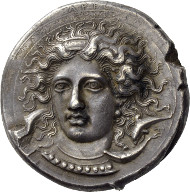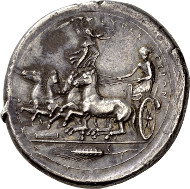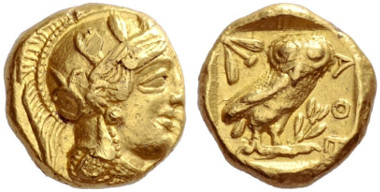Dollar Collapse Starts in Late 2014-Charles Nenner
May 21, 2014 In Economy
Renowned financial analyst Charles Nenner has been studying cycles to predict all major markets for the past three decades. Does all the global manipulation in the markets make a difference to the timing of the cycles? Nenner says, “It doesn’t . . . all these things have nothing to do with the way the markets behave. They are part of the market behavior.” Nenner gives Former Fed Head Alan Greenspan as an example. Nenner explains, “Greenspan and his guys were part of the market. So, if it would be so that you could manipulate the markets, then we could not predict; and since we predict with much success, then it proves there is no influence whatsoever.”
On the inflation/deflation question, Nenner predicts both, but first deflation. Nenner says, “We are holding on to the deflation scenario. I think we are going into deflation. I still think we are going to a Japan scenario. It doesn’t mean that in a couple of years we won’t have super-inflation.” Nenner adds everything is on a cycle, including interest rates, and goes on to say, “Interest rates go up 30 years and 30 years down; and if you start counting back, in two to four years, we should go back to the old highs of 18% or so.” Nenner says governments “want” and “need” inflation. Nenner explains, “Everybody in the end wants the inflation; otherwise, the deficits are going to be huge.”
On bank bail-ins, Nenner says, “In Cyprus, there was an example made that they could just confiscate your money. I am very worried about bail-ins. A couple of years ago, I said we should start a new crisis in 2014, and it will end in 2020. God only knows what governments intend to do. I think they should just leave the market alone, but they are not going to do it. So, they are going to make things worse.”
So, where is Nenner telling people to put their money for the next six years? Nenner says, “You know I am Dutch. I always say ‘how do I not lose money.’ Americans want to know how to make money. So, in a deflationary period, it is very difficult to make money. . . . We are totally out of the stock market, and we are getting ready to buy back gold. We got out of the gold market at $1,900 (per ounce) and our major cycle low is in July. The risk on the downside is not more than $100 (per ounce), but we are still holding off and we think the bull market (in gold) will resume. Nenner thinks the bottom in gold is close and contends, “We can still go to $1,150 (per ounce). If you are afraid, you can buy physical gold because a lot of people are afraid of the financial system. . . . I am loading up on very long term calls on GLD. So, it doesn’t matter if I am a couple of weeks off and I just wait.” Nenner goes on to predict, “I think that because of the monetary situation, that gold will outperform silver.” Where does Nenner think the gold price is going between now and 2020? Nenner predicts, “Our first target is $2,100 (per ounce), then $2,500; and if it breaks that, gold could go parabolic.”






 1482 Torah book fetches record $3.87 million at Paris auction
1482 Torah book fetches record $3.87 million at Paris auction








